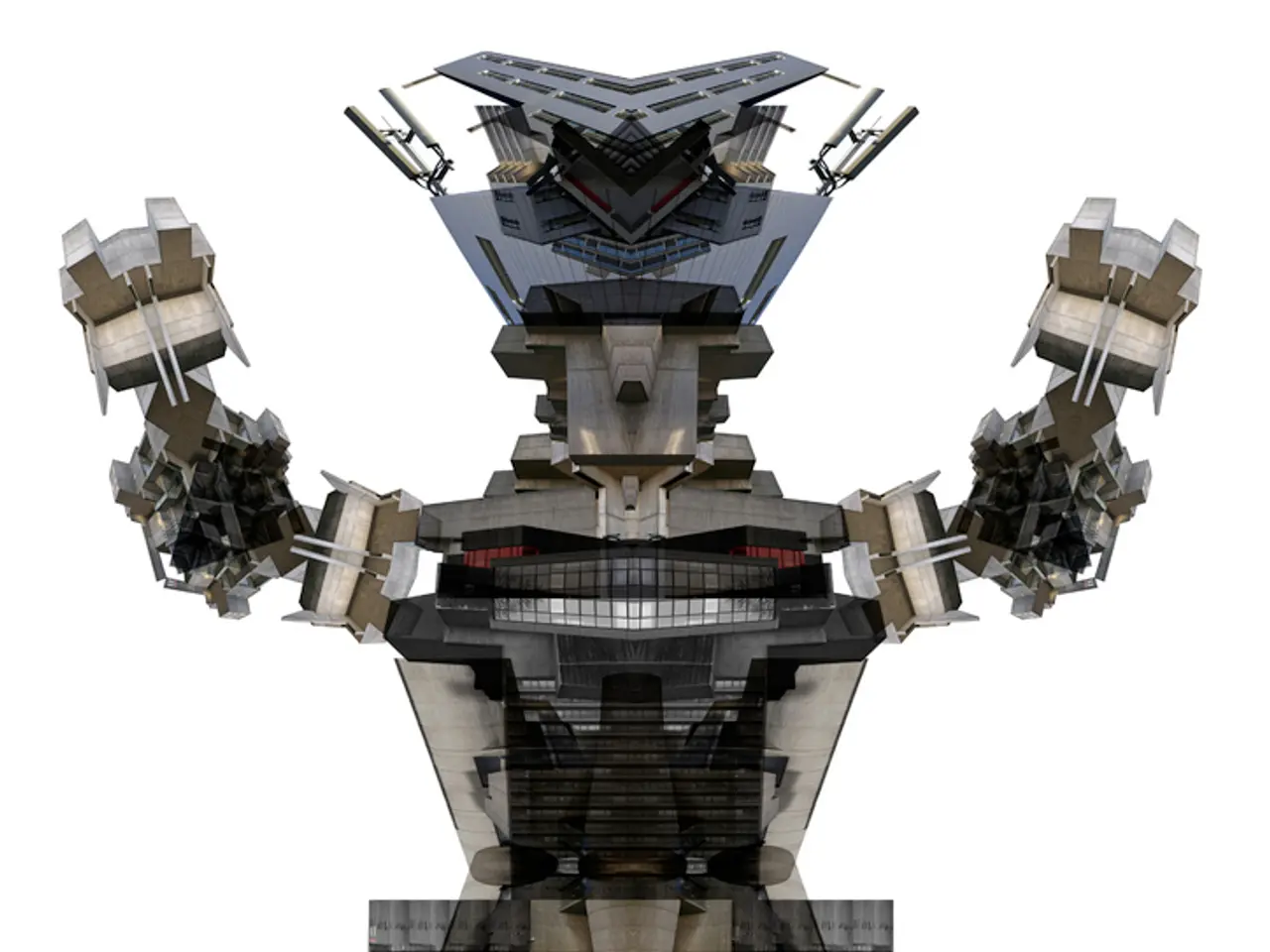Preparation for Robot Combat: Act Now is Imperative
The United States Army is revolutionising its approach to combat, with a focus on integrating unmanned ground and aerial drones into its formations. This shift, spearheaded by the US Army Futures Command, aims to rapidly advance drone technology, accelerate fielding, and create human-machine integrated formations.
At the heart of this strategy is the prioritisation of building a robust domestic drone industrial base. The Pentagon is fast-tracking the procurement of American-made, low-cost, AI-enhanced unmanned systems designed for multiple roles such as reconnaissance, targeting, and swarm operations. This move is intended to end reliance on foreign suppliers and ensure US military autonomy in drone capabilities.
By the end of 2026, every squad is expected to be equipped with expendable drones, with units in critical regions like the Indo-Pacific prioritised. This initiative empowers units to test and iterate drone technologies quickly, including leveraging 3D printing for rapid prototyping.
Integration of drone-centric training is also a key component of this strategy. The Army and joint forces will incorporate drone training into all major exercises, enabling forces to "train as they fight." Airspace range restrictions are being lifted or adjusted to facilitate drone training across all services.
In addition, the Army is developing counter-drone command and control architectures, such as vehicle-mounted systems for on-the-move detection and defeat of hostile drones. This includes joint efforts like Project Flytrap with the UK, focusing on lowering the cost per defeated drone and integrating these capabilities at the squad level.
As for military education programs, the shift towards human-machine integrated formations is prompting an evolution in curricula and leader development. Military education is increasingly incorporating concepts of human-machine teaming, autonomous systems command, and multi-domain operations. Future leaders are being prepared to understand the technological, tactical, and ethical implications of operating alongside autonomous drones.
Programs at military academies and war colleges are adapting to embed a broader understanding of unmanned systems technology, AI integration, and cyber resilience to equip officers for leading formations where drones and humans operate as a unified combat team.
The use of unmanned systems in combat is no longer a speculative concept but an operational necessity. The recent attack involving dozens of drones and unmanned ground platforms underscores this reality. The Army of 2030 and beyond is expected to use algorithms in the cloud and robots in formation.
Senior Army leaders emphasise adaptability as the number one characteristic for future leaders. As the Army embraces unmanned systems, future leaders should prioritise learning opportunities that give them a basic understanding of software programming, data management, robotic design, and repair.
This shift towards unmanned systems is not just about avoiding sacrificing soldiers' lives in future conflicts but also about automating risky tasks and making faster, better-informed decisions. A recent example of this can be seen in Ukraine's "all-robot" ground and air attack against a Russian position in Kharkiv oblast on December 20, 2024.
In conclusion, the US Army Futures Command is rapidly pushing the integration of locally-produced, AI-assisted unmanned ground and aerial drones throughout the force, supported by expanded training regimes and evolving military education frameworks designed to prepare leaders for commanding human-machine hybrid units in future multi-domain battlefields. The importance of investing in education and training tailored to robotic integration cannot be overstated.
- The US Army Futures Command is concentrating on building a domestic drone industrial base, accelerating the procurement of American-made, AI-enhanced unmanned systems.
- By 2026, every squad will be equipped with expendable drones, with priority given to units in critical regions like the Indo-Pacific.
- Integration of drone-centric training is essential; military exercises will incorporate drone training, enabling forces to "train as they fight."
- The Army is developing counter-drone command and control architectures, including vehicle-mounted systems for on-the-move detection and defeat of hostile drones.
- Military education is evolving to prepare future leaders for commanding human-machine hybrid units, incorporating concepts of human-machine teaming, autonomous systems command, and multi-domain operations.
- The shift towards unmanned systems is about more than avoiding soldier sacrifices; it's also about automating risky tasks and making faster, better-informed decisions, as seen in Ukraine's "all-robot" attack against a Russian position in December 2024.




